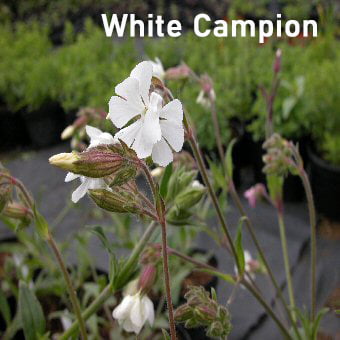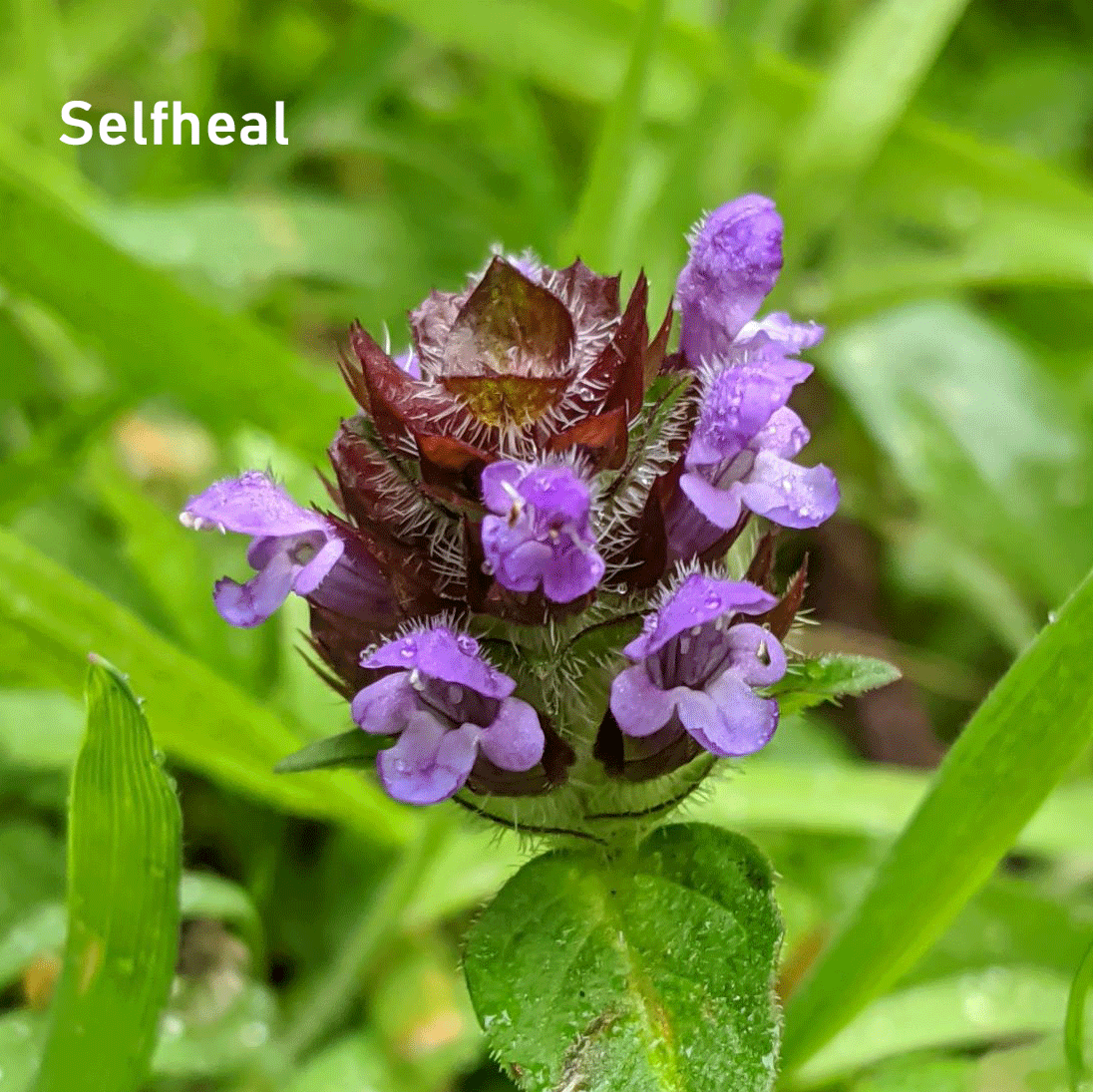Description
Bees love wildflowers and wildflowers encourage biodiversity and more bees! You can make your garden more biodiverse by sowing a patch of wildflowers, no matter how small.
Our rustic wildflower seed packet contains the perfect combination of wildflower species to satisfy not just bees but many other insects too! Each manilla or white paper seed packet is completely recycled, made from quality paper, and measures 9 x 12 cm. The reverse of the packet details the seeds inside and the sowing instructions. The seeds inside are in a glassine paper sachet (not foil and plastic).
How to store the seed packets – If you are not using the seeds for a while, they are viable for a few years and are easy to store by keeping them somewhere cool and dry out of direct sunlight.
The seed packet is also personalised with your wedding details so please add those to the personalisation box above.
What is glassine paper? Glassine paper is an eco-friendly and plastic-free alternative to mass-produced heat-sealed plastic and foil/paper sachets. Unlike those sachets glassine paper can be recycled and is biodegradable. It is also resistant to moisture and will keep the seeds dry in the main packet.
About the Seeds
This is a mix of wildflower seeds that bees are particularly fond of! The seeds are UK species and have been grown in the UK by a reputable seed grower, who is inspected annually by DEFRA and whose seeds are fully traceable. You will get about a gram or so of seeds, enough to create a 1 metre square wildflower patch.
The seeds will grow into Selfheal, Ox-eye Daisy, Lesser Knapweed and White Campion. If not being sown imminently, just store them somewhere cool and dry, out of direct sunlight.
Grow wildflowers, bee free and help Nature! Plant wildflower seeds for bees.





















